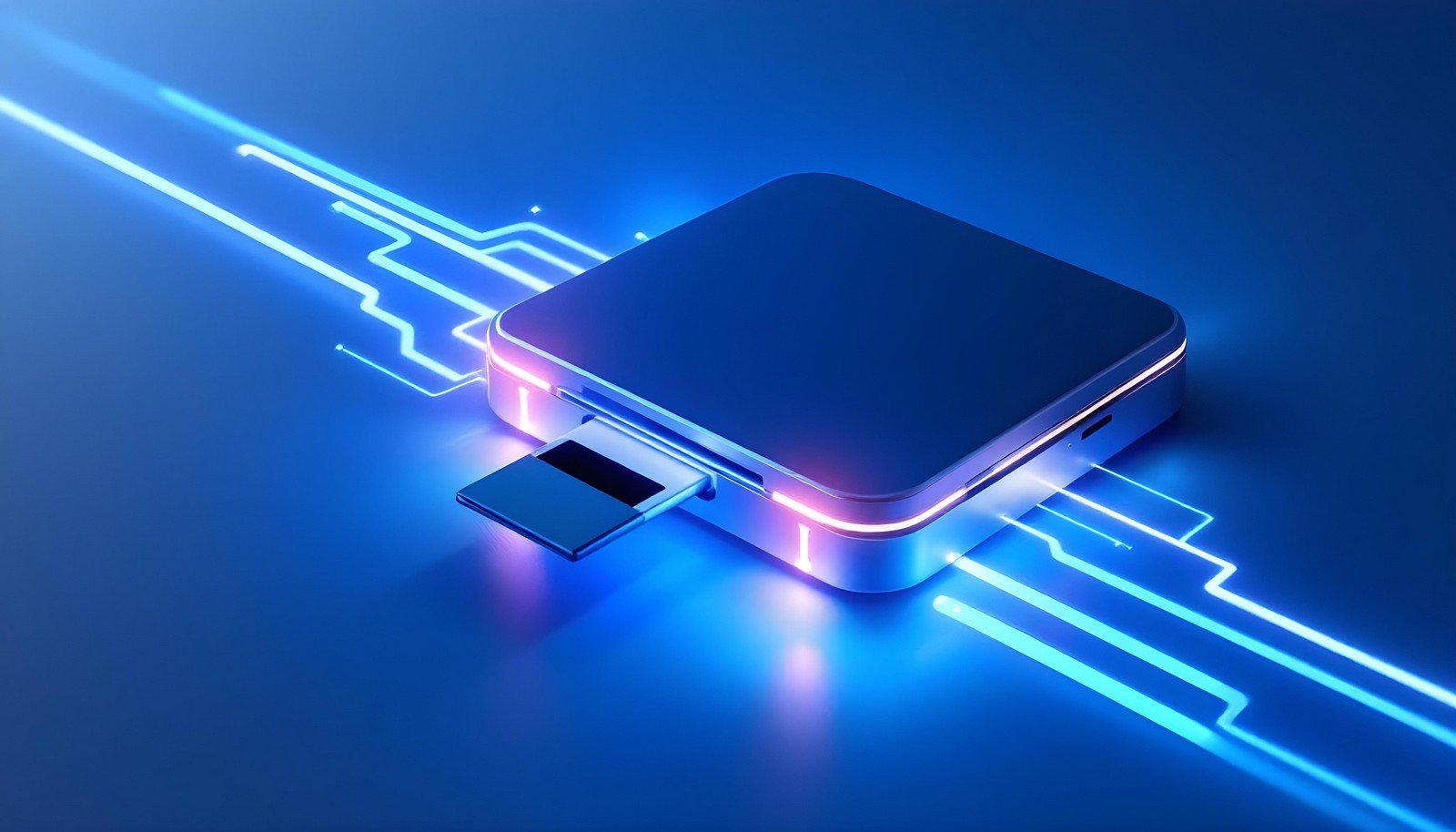Card Reader

Quick Navigation:
- Card Reader Definition
- Card Reader Explained Easy
- Card Reader Origin
- Card Reader Etymology
- Card Reader Usage Trends
- Card Reader Usage
- Card Reader Examples in Context
- Card Reader FAQ
- Card Reader Related Words
Card Reader Definition
A card reader is an electronic device that facilitates the reading of information stored on cards such as credit cards, debit cards, or memory cards. It allows secure communication between the card and a computer, ATM, or other devices. Card readers can support magnetic stripe cards, chip-based cards (EMV), and even contactless cards like RFID or NFC.
Card Reader Explained Easy
Think of a card reader as a translator. When you swipe or insert your card, it reads the secret language (the data) stored on the card and tells the computer or ATM what it says. This is how money gets sent or files are shared.
Card Reader Origin
Card readers originated as simple tools for reading magnetic stripe cards in the 1970s. With advancements in chip and wireless technology, they now handle more secure data interactions for payment systems and digital storage.
Card Reader Etymology
The term "card reader" is derived from the functional aspect of the device — it "reads" the information encoded on various types of cards.
Card Reader Usage Trends
Card readers have seen an exponential rise in usage with the growth of cashless payment systems and portable devices. From e-commerce to personal file sharing, card readers now support numerous applications, including financial transactions and data storage.
Card Reader Usage
- Formal/Technical Tagging:
- Electronic Devices
- Secure Transactions
- Data Transfer - Typical Collocations:
- "Insert the card into the reader"
- "EMV-compliant card reader"
- "Wireless card reader for payments"
Card Reader Examples in Context
- Card readers at ATMs allow customers to withdraw money using their debit cards.
- A photographer uses a memory card reader to upload pictures from their camera to their laptop.
- Modern point-of-sale systems use NFC card readers for contactless payments.
Card Reader FAQ
- What is a card reader?
A device used to read data stored on various cards, such as payment or memory cards. - How do card readers work?
They use magnetic, chip, or wireless technology to decode data stored on a card. - What types of cards can card readers read?
Cards include magnetic stripe cards, EMV chip cards, memory cards, and NFC/RFID cards. - Where are card readers commonly used?
ATMs, retail point-of-sale terminals, and personal computing devices. - Are card readers secure?
Yes, especially chip-based and contactless readers that comply with encryption standards. - Can a card reader be used for data storage?
Memory card readers enable file transfers between storage devices and computers. - What is an EMV card reader?
A reader designed for reading Europay, MasterCard, and Visa (EMV) chip cards. - How do contactless card readers function?
They use NFC or RFID technology to read data when the card is tapped. - Do card readers require software?
Some advanced readers need compatible drivers or software to function. - Can card readers work with smartphones?
Yes, portable card readers often integrate with smartphones for payments or file transfers.
Card Reader Related Words
- Categories/Topics:
- Financial Technology
- Data Transfer
- Digital Transactions
Did you know?
Card readers equipped with NFC technology are now used in smartphones to enable secure, contactless payments. This innovation has accelerated the adoption of mobile wallets and digital payment systems globally.
PicDictionary.com is an online dictionary in pictures. If you have questions or suggestions, please reach out to us on WhatsApp or Twitter.Authors | Arjun Vishnu | @ArjunAndVishnu

I am Vishnu. I like AI, Linux, Single Board Computers, and Cloud Computing. I create the web & video content, and I also write for popular websites.
My younger brother, Arjun handles image & video editing. Together, we run a YouTube Channel that's focused on reviewing gadgets and explaining technology.



Comments powered by CComment